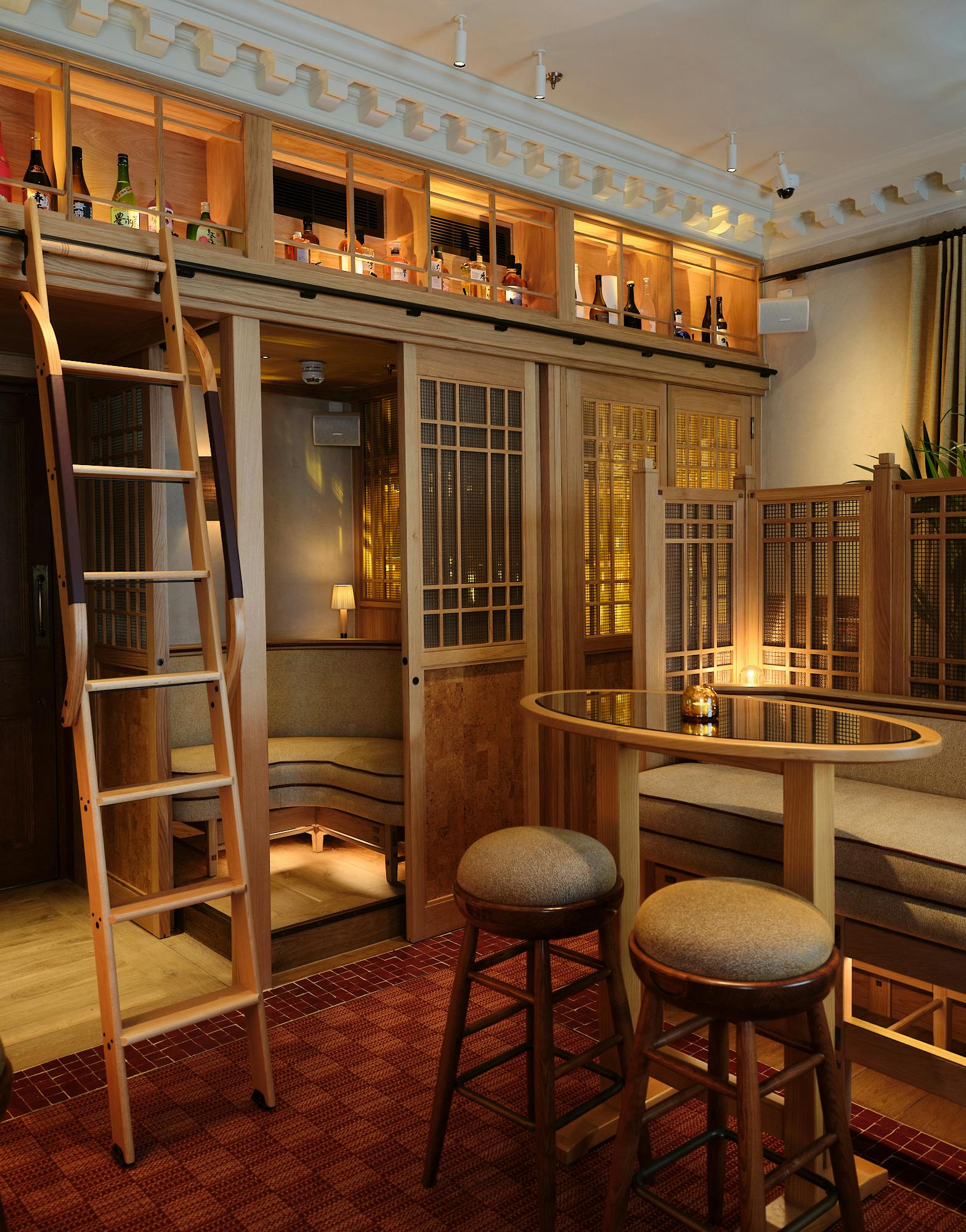
07 Dec 2018
Jesper Eriksson - Transformative Materials
“This project started out of a spark of interest back in 2015 when the UK government announced they were going to stop burning coal as a fossil fuel, which is long overdue and a very good thing from an environmental perspective. But there’s still an issue from a socioeconomic perspective in terms of the communities surrounding the coal mines. I thought it would be interesting to work with this material for our collective memory in a way. Our generation doesn’t have any relation to coal. We roughly know its history, we know its importance in the industrial age but me, for instance, and many people my age, we haven’t really seen or touched coal. I hadn’t seen or touched coal before I started this project.”


There is no doubt that Jesper’s designs are beautiful – many think they are made out of marble rather than coal – and it’s this that makes his work so interesting. He is transforming a material which is widely seen as problematic and destructive into something which this generation can appreciate and use in a positive way. But changing this relationship is no easy task; “Coal is a very complex material because it carries so much weight in terms of cultural and historical references. It’s both scandalous and essential. It’s definitely an emotionally loaded material,” he explains.
'I saw design as a tool to take me anywhere, a place for me to expand and do different things. As a designer you can find yourself in various weird, odd situations'
Sourcing the coal is a very raw process. Jesper travels to a mine in South Wales, which he goes down himself to select the pieces he wants to use. These pieces are then transported to a nearby quarry, completely whole and unrefined. I ask how he makes the objects, what the process is and what coal is like to work with; “I go down to the coal mines, get huge chunks of coal and then process it in a very similar fashion to what you would do with marble, or any stone really. So essentially I’m pretending it’s a stone, but it is a lot trickier. There’s a lot of trial and error in trying to understand how to cut it in the best possible way. There’s a lot of fractures in the material, so there is a geologist involved to help me understand how to read it.”

In design, we so often see artificial or refined materials being used. It’s refreshing to see a young designer use something so wholesome and pure in his work. When I ask Jesper if he thinks there is opportunity for design to become more natural, as it once was, he says “I’m not sure if it’s going to be more natural or artificial. But this movement has been going on for a good ten to fifteen years or so. There’s a lot of people pushing materials and I think materials are becoming more permanent. And perhaps people are becoming more understanding of materiality as well.”


Jesper has always been interested in pushing materials to do something they shouldn’t be doing. For instance, his ‘Paper Pulp’ project looked into the possibilities of using a waste-product to create valuable pieces. When I asked if he thinks coal could be used in even more ways he says with a laugh “yes, one hundred percent. Absolutely. I don’t know what they are though, they need to be explored.”
- Words by Jess Lee
- Photography by Tom Peskett
- http://jesper-eriksson.com/ - Check out more of Jesper here ...



